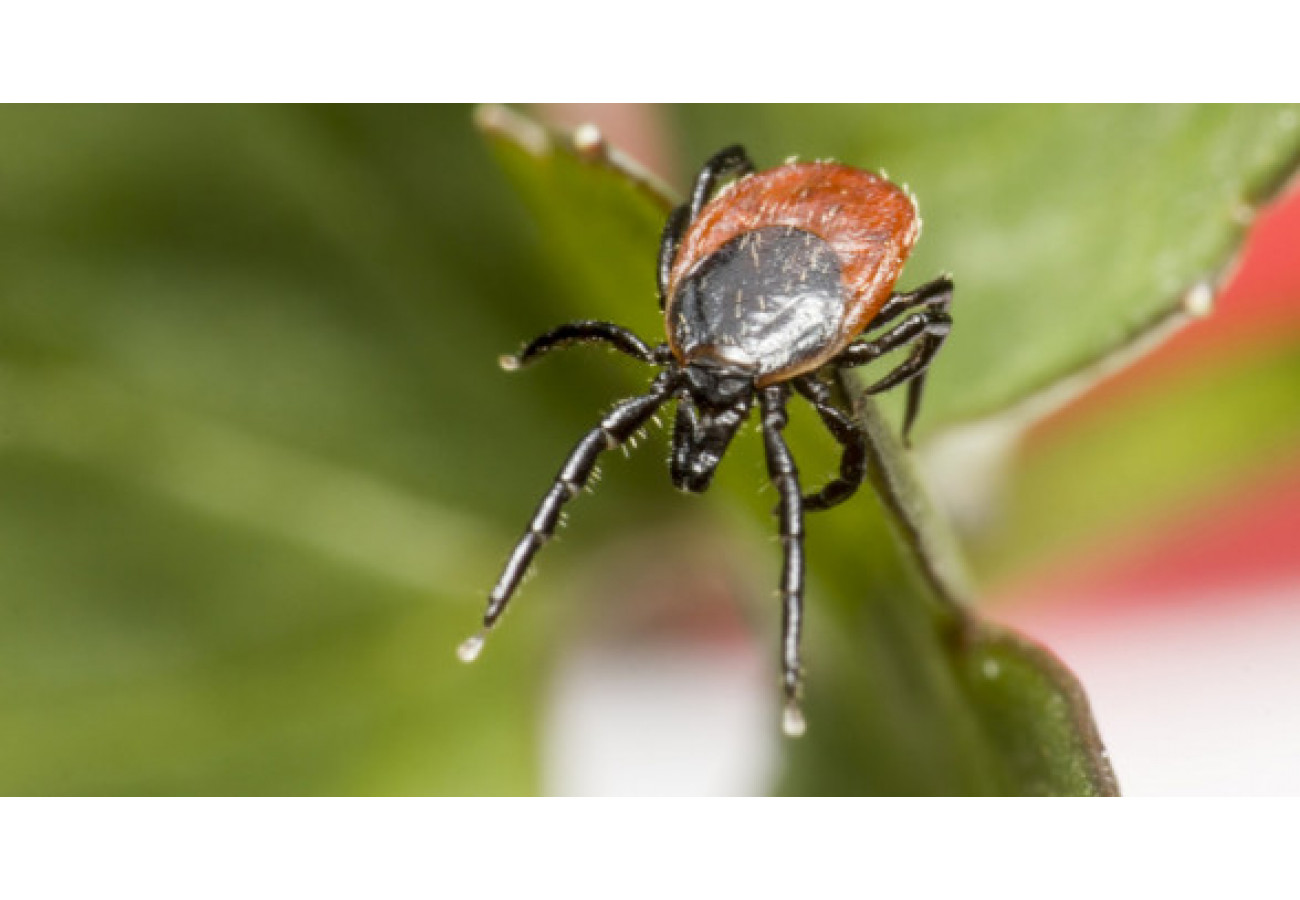Lyme Disease

According to studies, exposure to Lyme disease or Lyme Borreliosis is increasing in a number of European countries. Spread of infected ticks is increasing due to climate changes. Warm weather provokes tick activity; they can be found not only in forests and meadows but also in urban parks and on lawns.
A tick bike can cause not only encephalitis but also Lyme disease – a dangerous infection disease that can progress to develop serious damages of central nervous system, heart and joints.
Lyme disease or Lyme Borreliosis is caused by bacteria present in tick intestinal tract. The bacteria spread in human body affecting nervous system, joints, skin, heart and other organs.
Incubation period can last from a few days to a month. The first symptoms of Borreliosis can appear in couple of days to three weeks in the form of redness on skin. Diagnosis is based on either clinical signs or laboratory tests. Anti-bacterial therapy is currently the only treatment method available, and duration of therapy depends on stage, symptoms and severity of disease.
Symptoms typical to flu can appear in the initial stage of disease, such as minor fever, fatigue, increased lymphatic glands, pain in muscles and joints, sensitivity to light, skin modifications such as erythema.
As the disease progresses, patients complain on manifest joint pain and swelling, in particular in knee joints. The pain is intensive and recurring, eventually migrating to different parts of body. Bacteria can affect heart causing cardiac disorders of various forms.
Symptoms of Lyme Borreliossis can appear several weeks, months or even years after tick bite unless properly identified or treated. Reproduction of bacteria eventually can pass the lymphatic barrier into blood flow and travel to other organs. Transmission of Borrelia to joint chamber can develop arthritis, numbness in extremities. If transmitted to myocardum, bacteria trigger cardiac disorders, short breath and cardiac failure. Redness of skin can appear and gradually sclerotize (thickening of tissues) and atrophy (loss of tissues). Patient is eventually exposed to meningitis, temporary facial palsy, numbness and weakness in extremities, or muscle activity disorders. Lyme disease can seriously affect memory, ability to perceive information and concentration.
No vaccine is still available to treat Lyme disease; therefore, general precaution measures are recommended. A bite of infected tick can trigger repeated Lyme Borreliosis in patients with weakened immune system.
RTS FIBER soluble and insoluble fiber helps to reduce bodily inflammation processes, stimulate anti-inflammatory mechanism and support overall immune system thanks to 1,3 - 1,4 beta glucan, and supply the essential vitamins and minerals to human body. RTS FIBER soluble and insoluble fiber helps to clear taste thus reducing addiction to sweets and restoring micro-biome balance since 70% immune system cells are located in intestines.
RTS FIBER W cleans and improves activity of intestinal tract. RTS FIBER APi exhibits anti-bacterial and anti-inflammatory effect. RTS FIBER B helps to reduce inflammatory processes in joints. RTS FIBER G strengthens myocardium and blood vessels. RTS FIBER Y improves metabolism and helps to maintain vitamin D reserves. Squalene contained in the preparation supplies oxygen to each cell.








